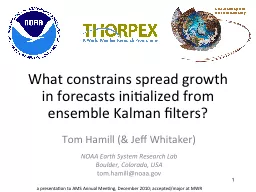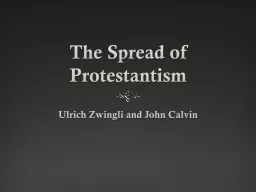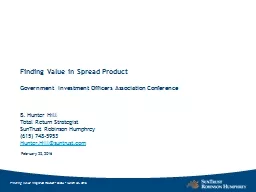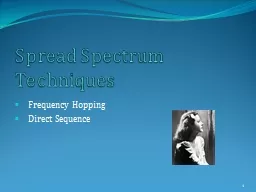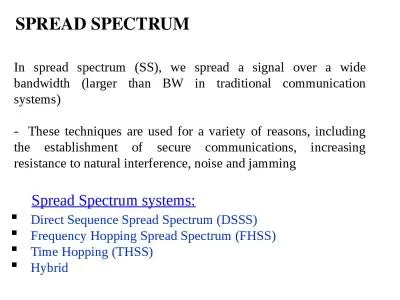PPT-1 What constrains spread growth
Author : pamella-moone | Published Date : 2016-03-08
in forecasts initialized from ensemble Kalman filters Tom Hamill amp Jeff Whitaker NOAA Earth System Research Lab Boulder Colorado USA tomhamillnoaagov NOAA
Presentation Embed Code
Download Presentation
Download Presentation The PPT/PDF document "1 What constrains spread growth" is the property of its rightful owner. Permission is granted to download and print the materials on this website for personal, non-commercial use only, and to display it on your personal computer provided you do not modify the materials and that you retain all copyright notices contained in the materials. By downloading content from our website, you accept the terms of this agreement.
1 What constrains spread growth: Transcript
Download Rules Of Document
"1 What constrains spread growth"The content belongs to its owner. You may download and print it for personal use, without modification, and keep all copyright notices. By downloading, you agree to these terms.
Related Documents

